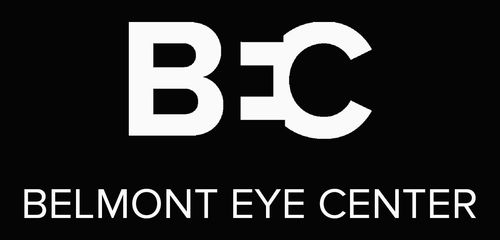Total Solar Eclipse Safety: How to Watch Without Hurting Your Eyes – Belmont Eye Center
The celestial dance of a total solar eclipse is a rare and mesmerizing event that captivates observers around the globe. It’s a moment when the moon aligns perfectly between the Earth and the sun, cloaking the day in an eerie twilight and revealing the sun’s ethereal corona. For those fortunate enough to be in the path of totality, it offers a unique glimpse into the cosmic workings of our solar system. However, as awe-inspiring as it is, watching a solar eclipse requires careful preparation to avoid eye damage. At Belmont Eye Center, we are committed to ensuring that your experience is both unforgettable and safe. Here’s everything you need to know about watching a total solar eclipse without hurting your eyes.
Understand the Risks
Directly observing the sun without appropriate protection can cause serious eye damage, including solar retinopathy. This condition results from the sun’s intense rays flooding the retina, leading to potential permanent damage or even blindness. The danger is heightened by the fact that looking at the sun doesn’t typically cause immediate pain, meaning you might not realize the damage until it’s too late.
Use Proper Eclipse Glasses
The cornerstone of safe eclipse viewing is to use eclipse glasses that meet the international standard ISO 12312-2 for safe viewing. Sunglasses, no matter how dark, are not a safe substitute. Eclipse glasses are made with special solar filters that block the harmful rays, allowing you to safely observe the eclipse. Before the event, inspect your glasses for any scratches or damages and discard them if they are defective.
Pinhole Projectors: A Safe Alternative
For those who prefer a DIY approach or wish to view the eclipse indirectly, pinhole projectors are a safe and effective method. By allowing sunlight to pass through a small hole onto a makeshift screen, viewers can watch the eclipse’s progress without looking directly at the sun. This method is particularly great for children under supervision, providing a hands-on educational experience without risk.
The Phases of an Eclipse
Understanding the different phases of a solar eclipse is crucial for safe viewing. The only time it’s safe to look at the eclipse without protection is during the brief phase of totality, when the moon completely covers the sun. Before and after totality, during the partial phases, you must use eclipse glasses or an indirect viewing method. Be aware that totality is only visible from a narrow path on the Earth’s surface; outside of this path, you must always use eye protection to view the eclipse.
Avoid Unsafe Viewing Methods
It’s important to avoid using unsafe viewing methods such as unfiltered telescopes, binoculars, or cameras. These devices concentrate the solar rays, increasing the risk of eye injury. If you wish to use these devices, ensure they are equipped with solar filters designed specifically for this purpose.
Consult with Eye Care Professionals
If you have any concerns about viewing a solar eclipse or if you experience discomfort after viewing one, consult with eye care professionals immediately. At Belmont Eye Center, our team is here to provide advice and assistance, ensuring that your vision is protected during this and future astronomical events.
Embrace the Experience Safely
A total solar eclipse is a magnificent spectacle that should be enjoyed without reservation but with the utmost respect for the power of the sun. By following these safety guidelines, you ensure that your experience is both awe-inspiring and harm-free. Prepare yourself with the right knowledge and tools, and you’re on your way to witnessing one of nature’s most extraordinary events safely.
As we anticipate the next solar eclipse, let’s embrace this celestial phenomenon with preparation and mindfulness. Protecting your vision is paramount, and at Belmont Eye Center, we’re here to ensure that your eyes are safeguarded so you can focus on the awe and wonder of the eclipse. Remember, the beauty of the cosmos is meant to be enjoyed — safely and responsibly.
